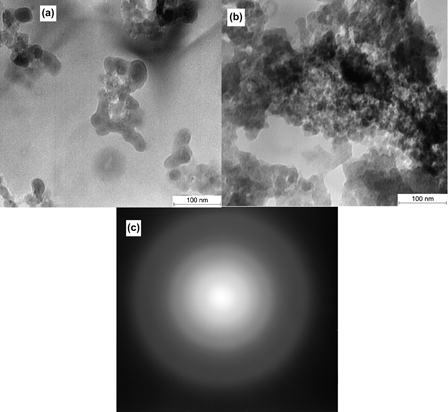Article contents
Effect of surface properties of mesoporous silica on adsorption of mesoionic compound molsidomine
Published online by Cambridge University Press: 17 October 2012
Abstract

Molsidomine is one of the sydnonimine class of antianginal drugs that due to its structure exhibits both dipolar nature and aromatic properties. To select efficient carrier for the drug, unmodified and modified mesoporous silica materials were synthesized using phenyltriethoxysilane and 3-aminopropyltriethoxysilane via cocondensation and grafting routes. Synthesis of the mesoporous silica materials via cocondensation was carried out in the presence of D-glucose as pore-forming agent. Equilibrium isotherms for the adsorption of mesoionic compound molsidomine on the mesoporous silica materials were analyzed by the Langmuir, Freundlich, Redlich-Peterson and Langmuir–Freundlich (Sips) models. Langmuir model is found to be the best to explain the equilibrium data. Comparative study of the adsorption properties of the unmodified and modified mesoporous silica materials demonstrated that the phenyl-modified silica materials are the most efficient adsorbents for molsidomine. They exhibit the highest adsorption capacity and affinity in relation to the mesoionic compound.
- Type
- Articles
- Information
- Copyright
- Copyright © Materials Research Society 2012
References
REFERENCES
- 6
- Cited by




